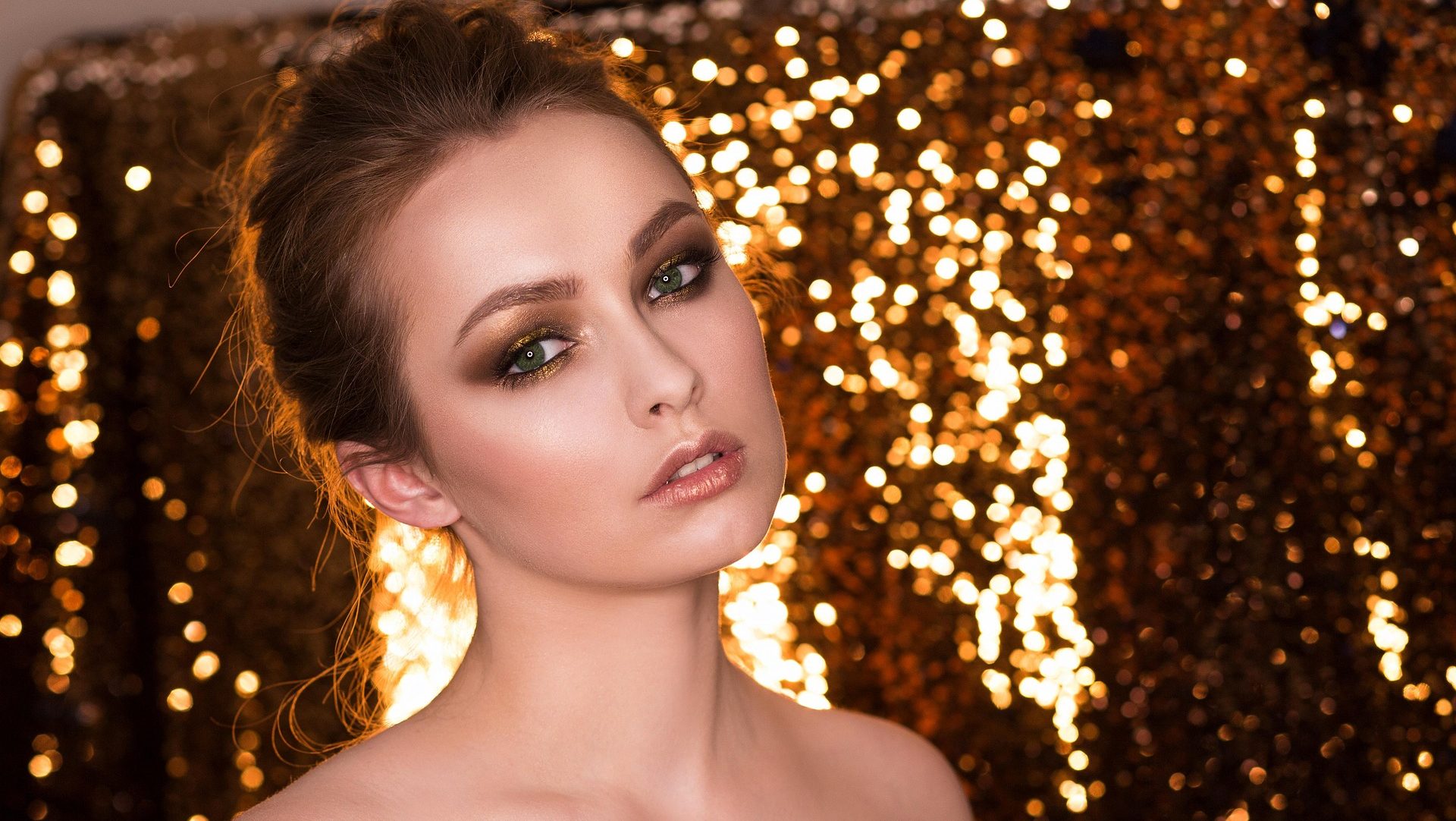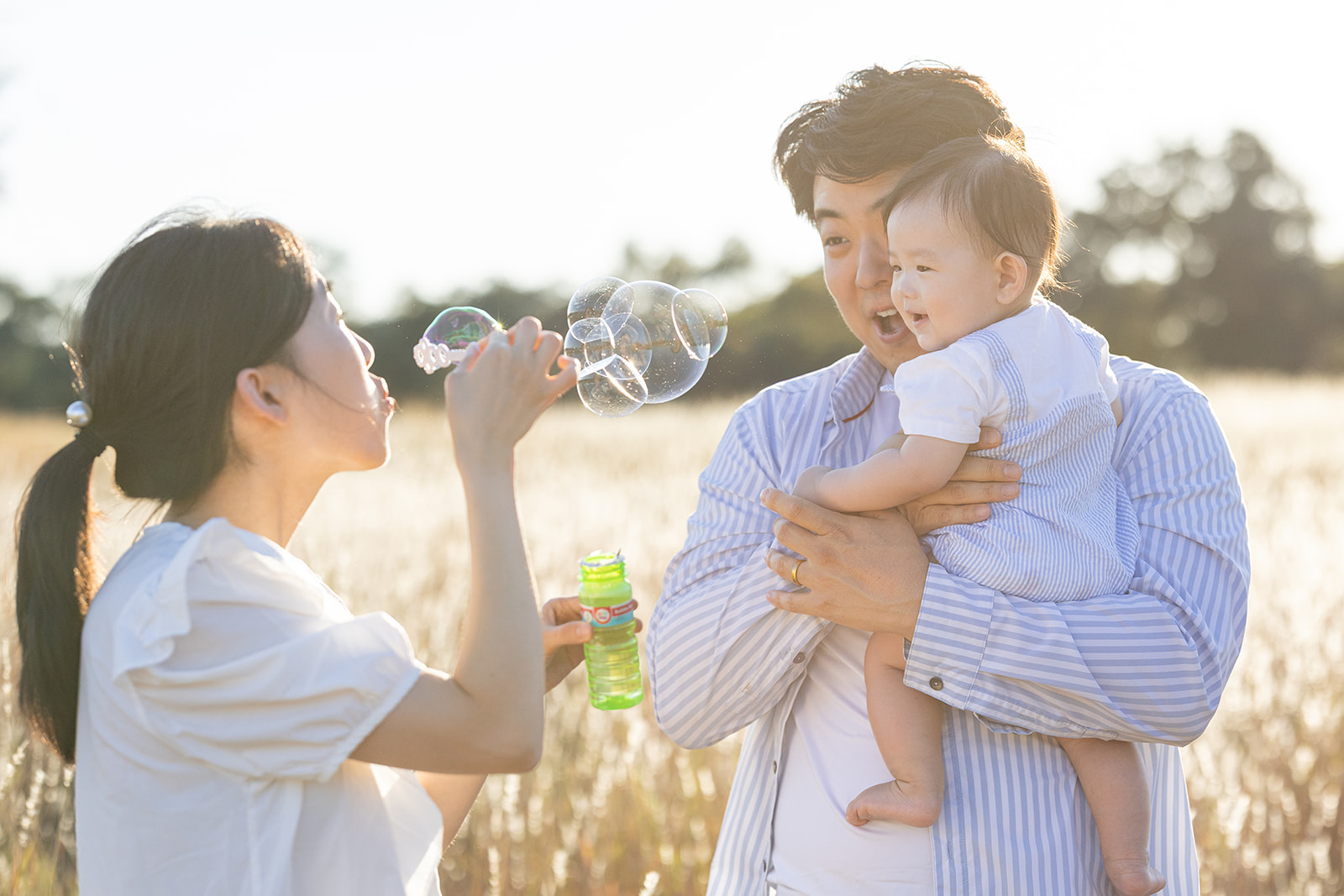
Why do some portraits immediately grab our attention while others fade into the background? It’s not just about lighting, camera gear, or perfect posing. The secret to a truly compelling portrait often lies in something much deeper: psychology. As a professional photographer in Austin, I’ve found that the most memorable photos happen not when everything is technically perfect, but when emotion, trust, and connection are captured. In this post, we’ll explore how psychology plays a central role in creating portraits that feel genuine, powerful, and unforgettable.
It Starts with Trust
One of the most underrated elements of portrait photography is trust. The moment a client steps in front of your lens, they’re in a vulnerable position. For many people, being photographed can feel intimidating or uncomfortable. The job of a professional photographer isn’t just to click the shutter — it’s to create an environment where the subject feels seen, safe, and understood.
In my shoots here in Austin, I focus heavily on building rapport before I even lift the camera. I chat with clients, learn about their story, and create a relaxed atmosphere. This isn’t just small talk — it’s a deliberate strategy to lower anxiety and encourage openness. When someone feels emotionally safe, they’re more likely to let their guard down and allow genuine expressions to emerge.
Understanding Microexpressions
Humans are wired to pick up on microexpressions — those fleeting facial movements that reveal true emotion. We might not consciously register them, but our brains notice. A fake smile that doesn’t engage the eyes, or a stiff jaw, can make a portrait feel off. That’s why getting someone to smile “naturally” is not as simple as saying “say cheese.”
My goal as a photographer is to create moments where real microexpressions happen. I use humor, empathy, and prompts that evoke genuine emotion. I might ask a couple to whisper something funny to each other or have a parent tell their child what they love most about them. These techniques are based on psychological triggers — surprise, joy, affection — that create authentic reactions.
The Power of Eye Contact
One of the strongest emotional cues in any portrait is eye contact. When someone looks directly into the lens, it creates a direct connection with the viewer. But there’s a subtle psychology here. Eye contact that feels forced can be off-putting, while relaxed eye contact signals confidence and sincerity.
For clients who are shy or anxious, I never push eye contact right away. Instead, I guide them into it gradually. We start with looking off-camera, then toward me, and finally into the lens. This pacing helps avoid performance anxiety and leads to more relaxed and powerful images.
Body Language Speaks Volumes
Another key psychological element is body language. Crossed arms, tight shoulders, or closed-off poses can suggest discomfort or defensiveness — even if the subject doesn’t realize it. I pay close attention to these cues and adjust as needed. Sometimes, just getting someone to breathe deeply and drop their shoulders changes the entire mood of a photo.
Posing, in this context, is not about dictating positions but about suggesting gentle adjustments based on what the body is saying. It’s collaborative, intuitive, and rooted in making the person feel emotionally aligned with how they look.
Emotion Over Perfection
In a world filled with flawless Instagram filters and AI-enhanced images, it’s easy to forget that emotion trumps perfection. Clients don’t come to me in Austin because I promise perfect symmetry or porcelain skin. They come because they want to feel something when they look at their photos — and that “something” is what they’re really paying for.
A tiny wrinkle from laughing too hard, or a slightly messy strand of hair caught in a breeze — those are the details that tell the truth. Psychology teaches us that we connect to stories and imperfection much more than to polished images. That’s why I always chase those moments where life feels unscripted and real.
Environment and Mood
The setting for a portrait session also influences psychology. Wide-open spaces can inspire freedom, while tighter indoor environments can create intimacy. In Austin, I often suggest locations that match the emotional tone we want to capture. A carefree family shoot might happen at Zilker Park, while a moody branding session might take place in a cozy studio with warm lighting.
Color also plays a psychological role. Earth tones can evoke calm, bright colors can feel joyful, and monochrome can highlight emotion. These aren’t just aesthetic choices — they affect how a viewer feels when looking at the image.
The Role of Memory and Association
There’s a fascinating psychological element that happens after the photo shoot — when clients view their portraits. What they feel when seeing their images is influenced not just by how they look, but by how they felt during the shoot. If the session was relaxed, joyful, and affirming, those emotions are imprinted into the photos themselves.
This is why the experience I create during a photo shoot is just as important as the final gallery. I want people to remember feeling confident, happy, and connected — because that’s what comes through in the images, even years later.
Personality Types and Photographer Flexibility
Every person is different, and part of the psychology of a great portrait is adapting to each personality. Some people open up quickly, others need time. Some respond well to humor, others to calm presence. A skilled photographer knows how to read people and adjust their approach in real-time.
I always walk into a shoot with a plan — but I’m ready to throw it out the window if I sense something else is needed. That flexibility, rooted in psychological awareness, is a big part of why some portraits work and others don’t.
How This Translates to Better Photos
When all these psychological factors align — trust, emotion, body language, environment — the result is a portrait that goes beyond the visual. It becomes an emotional artifact. A great portrait makes you feel something, remember something, connect to a deeper part of yourself or someone you love.
This is the difference between a technically correct photo and a truly great one. And while gear and editing matter, it’s the human connection — grounded in psychology — that elevates the image.
Final Thoughts
Portrait photography isn’t just about capturing faces — it’s about capturing essence. When you understand the psychology of comfort, emotion, and connection, you unlock a powerful ability to tell real human stories with your camera. Whether you’re booking a photo shoot in Austin or elsewhere, find a photographer who makes you feel like more than just a subject — find someone who sees you.
Because the best portraits aren’t made — they’re felt.



